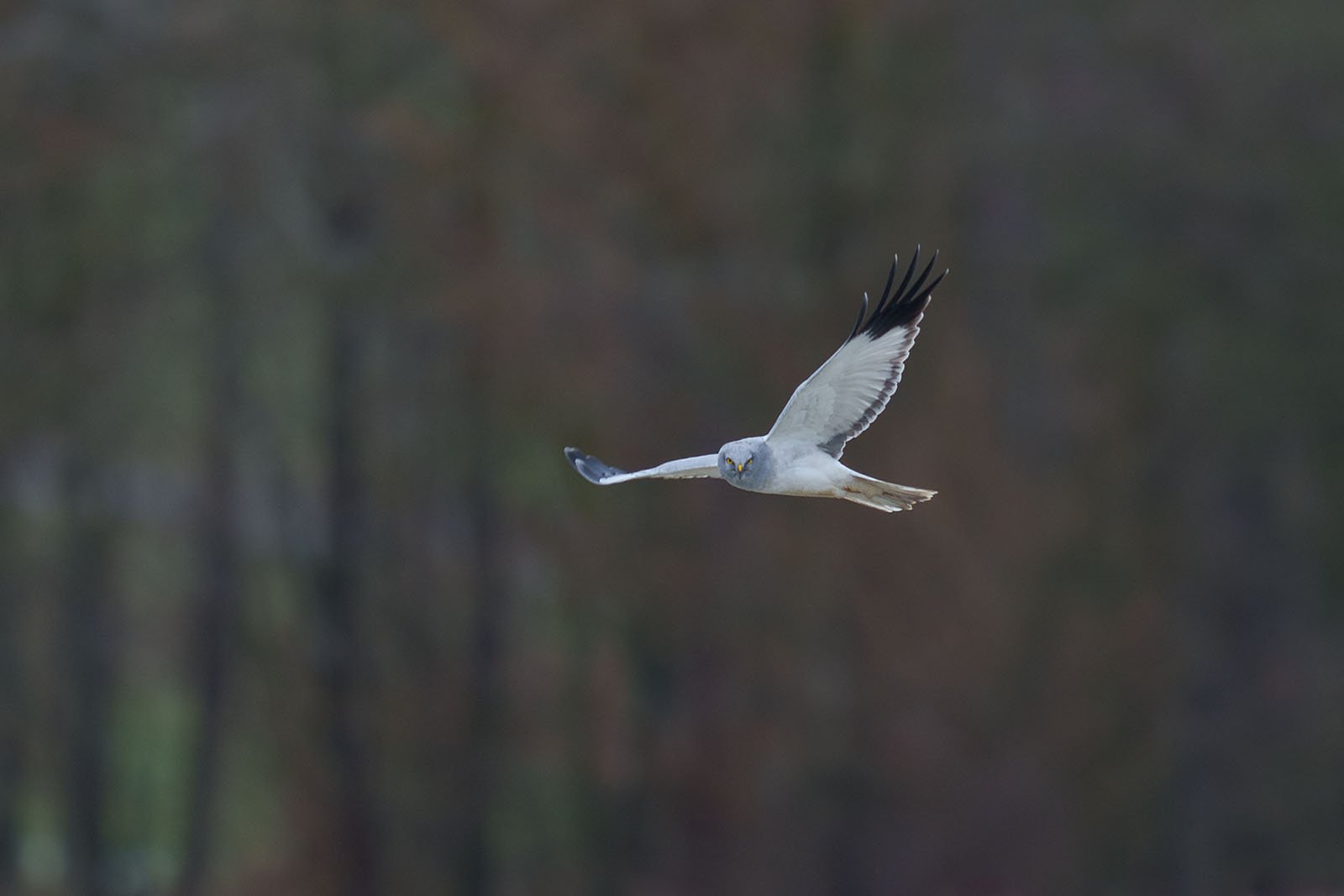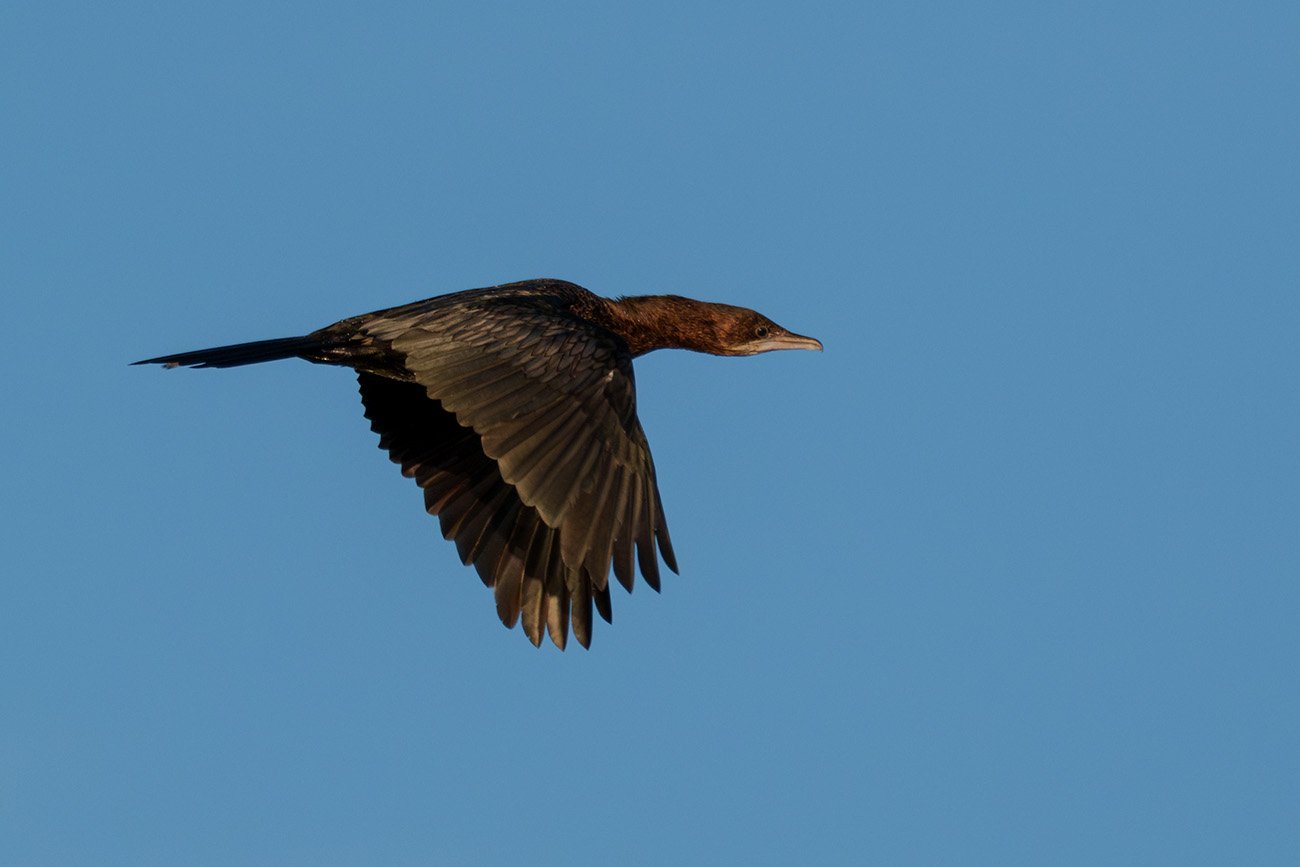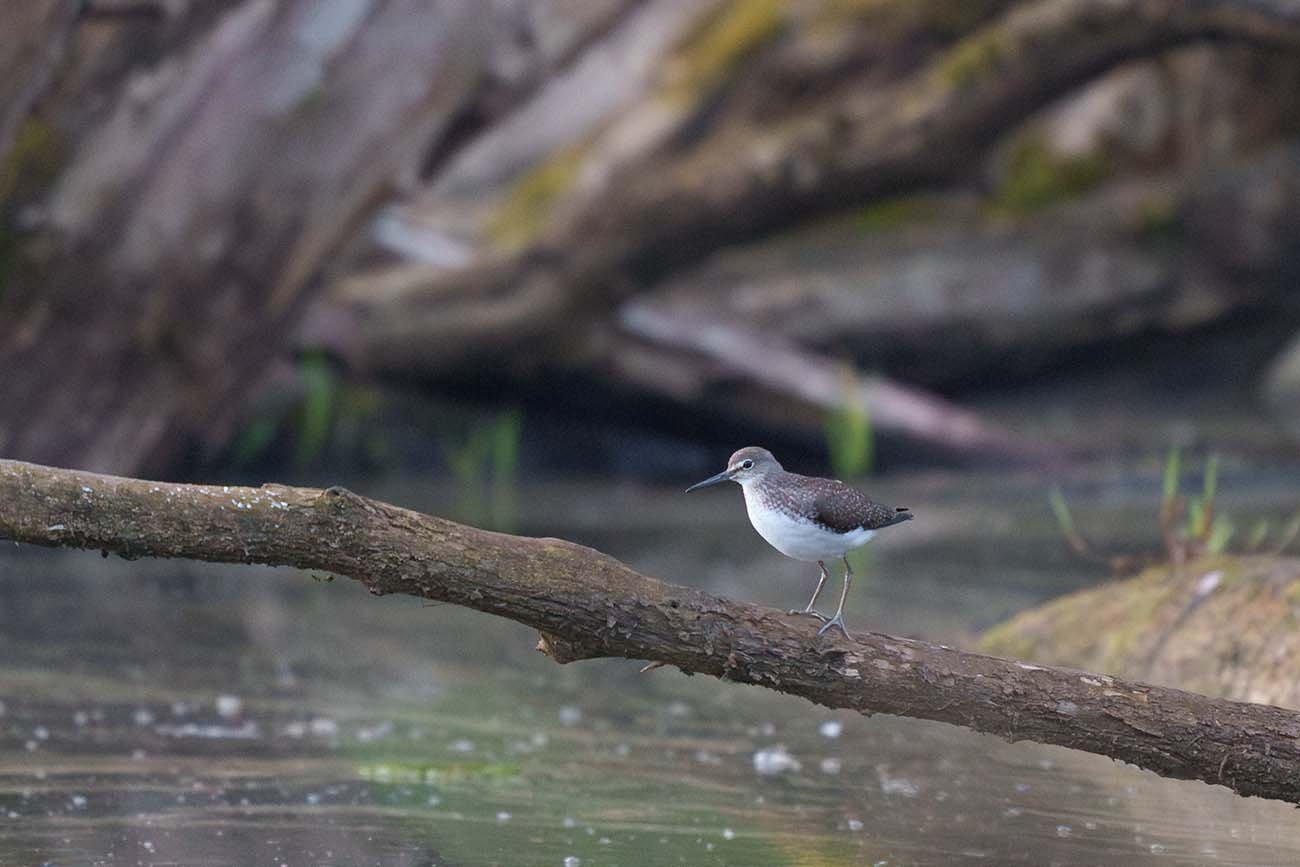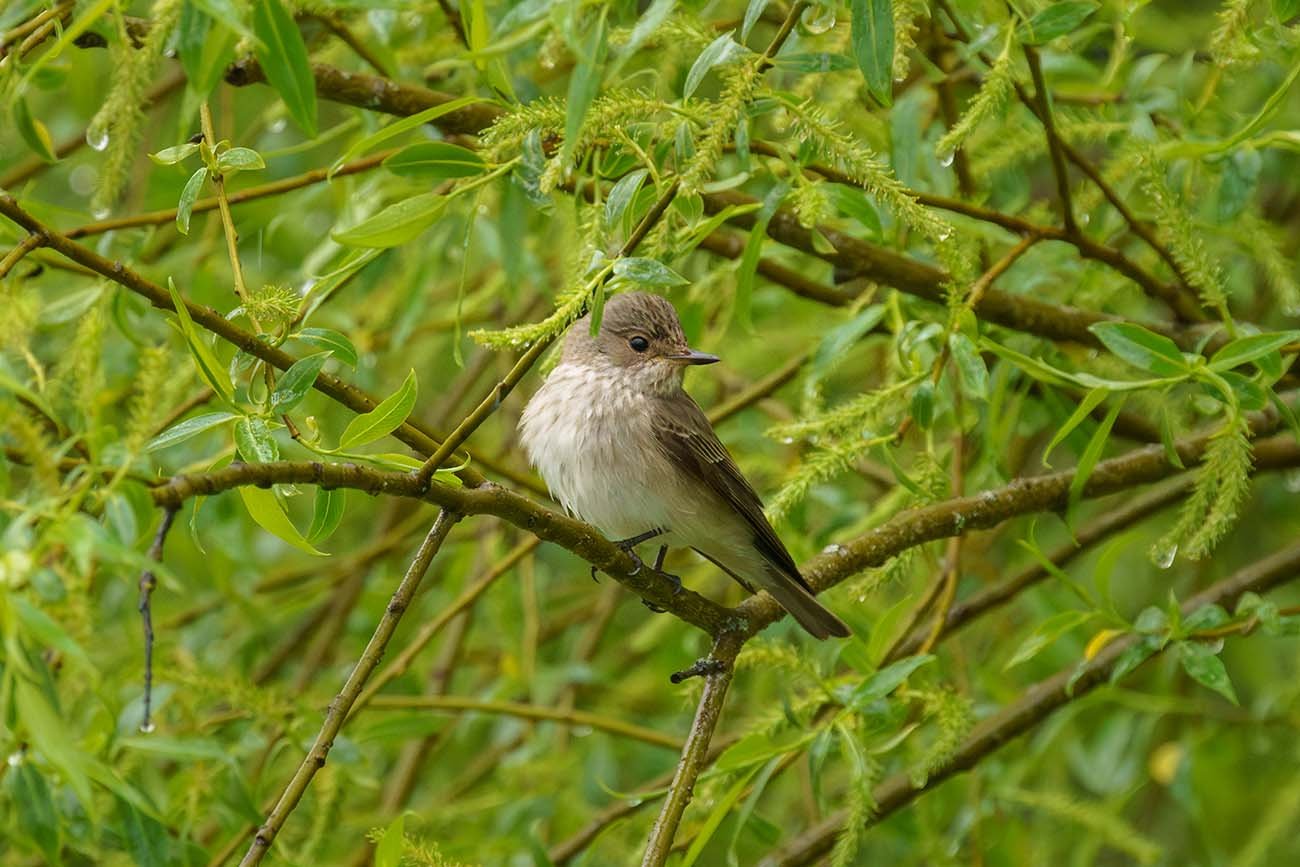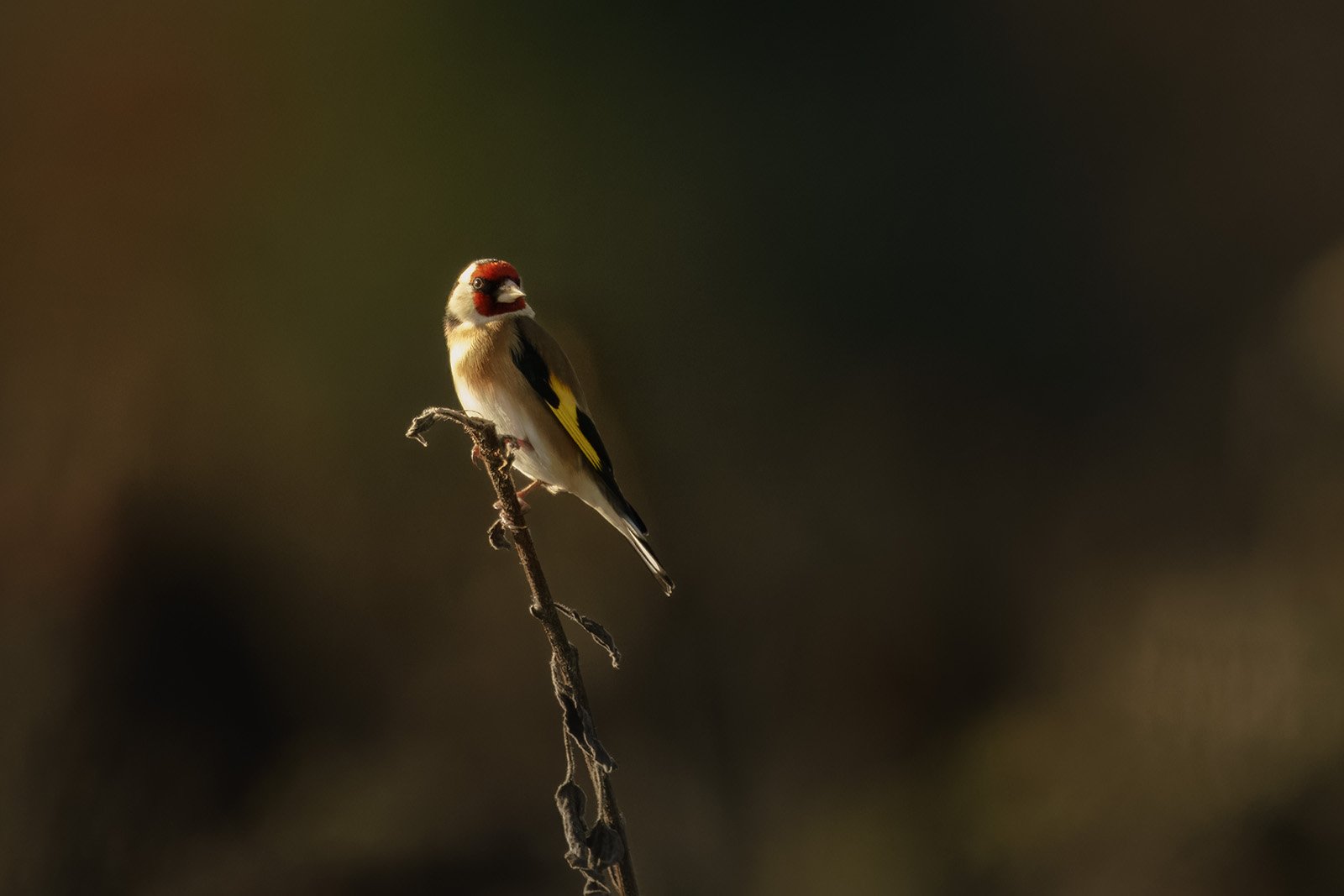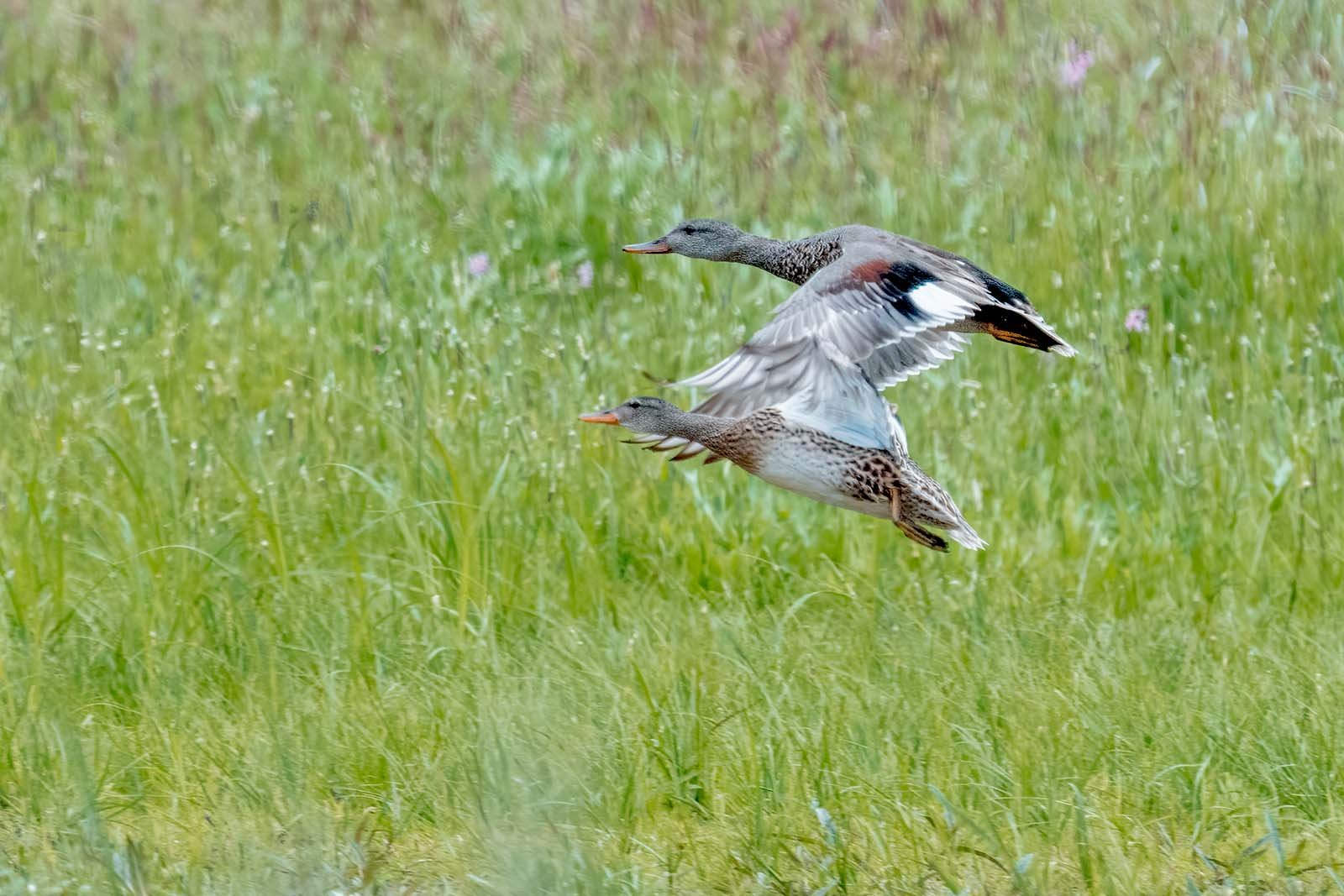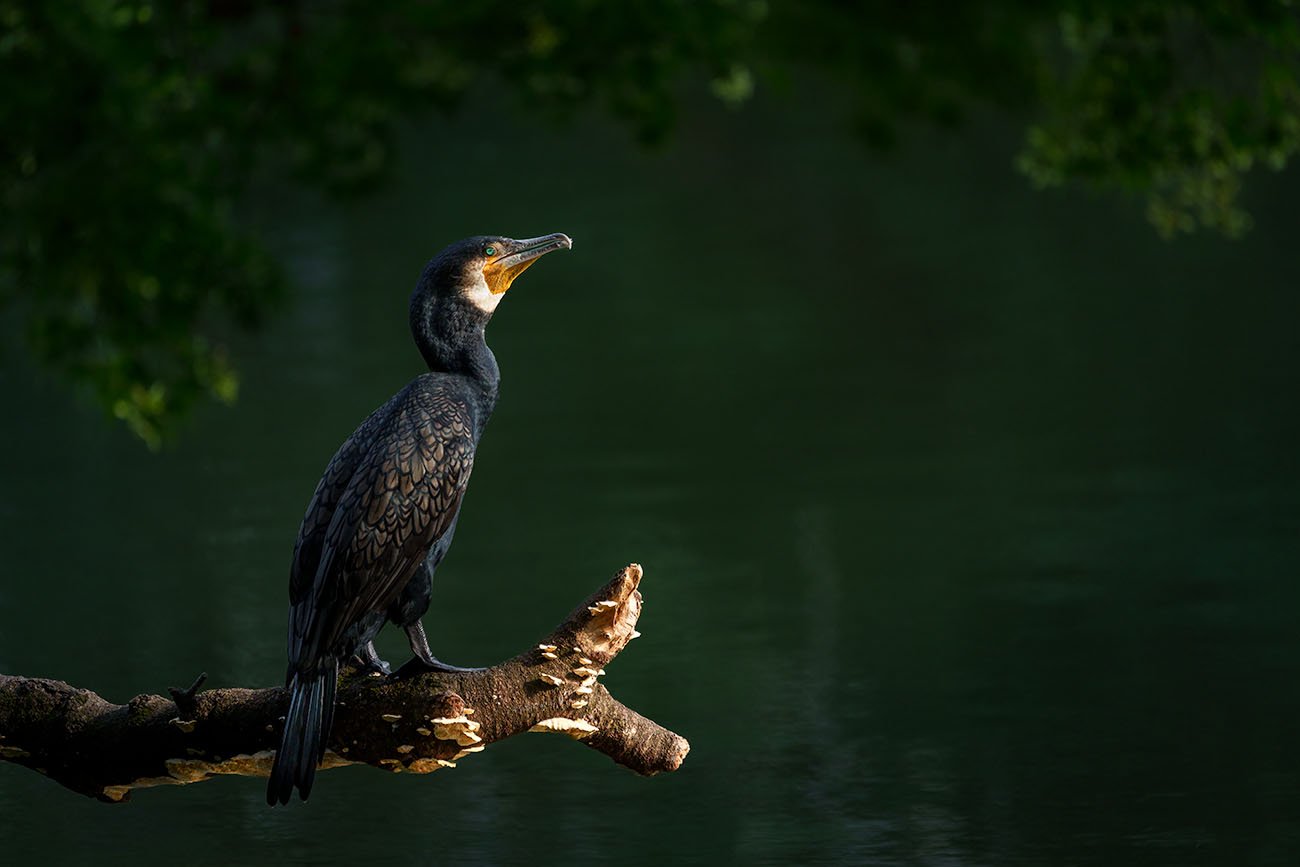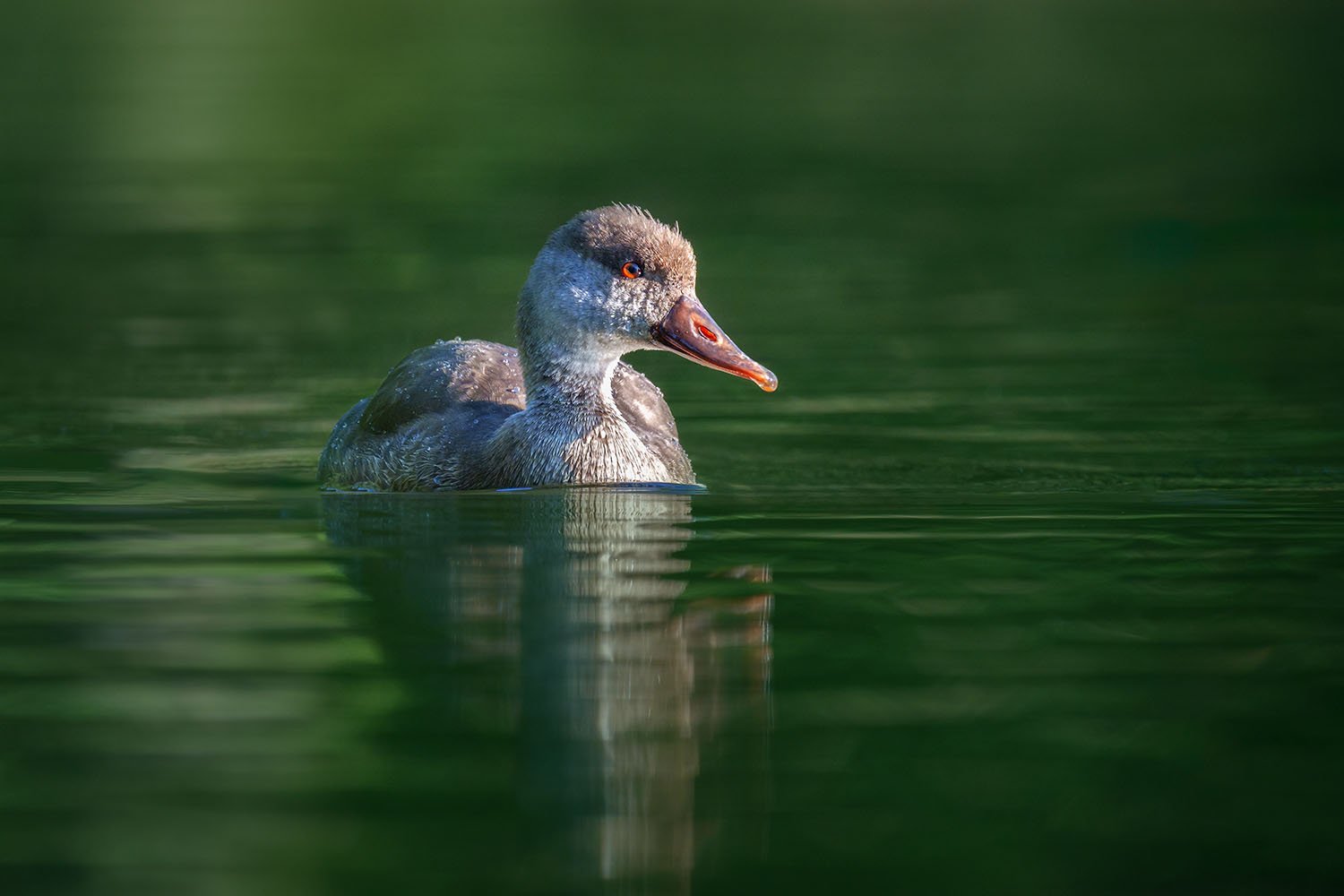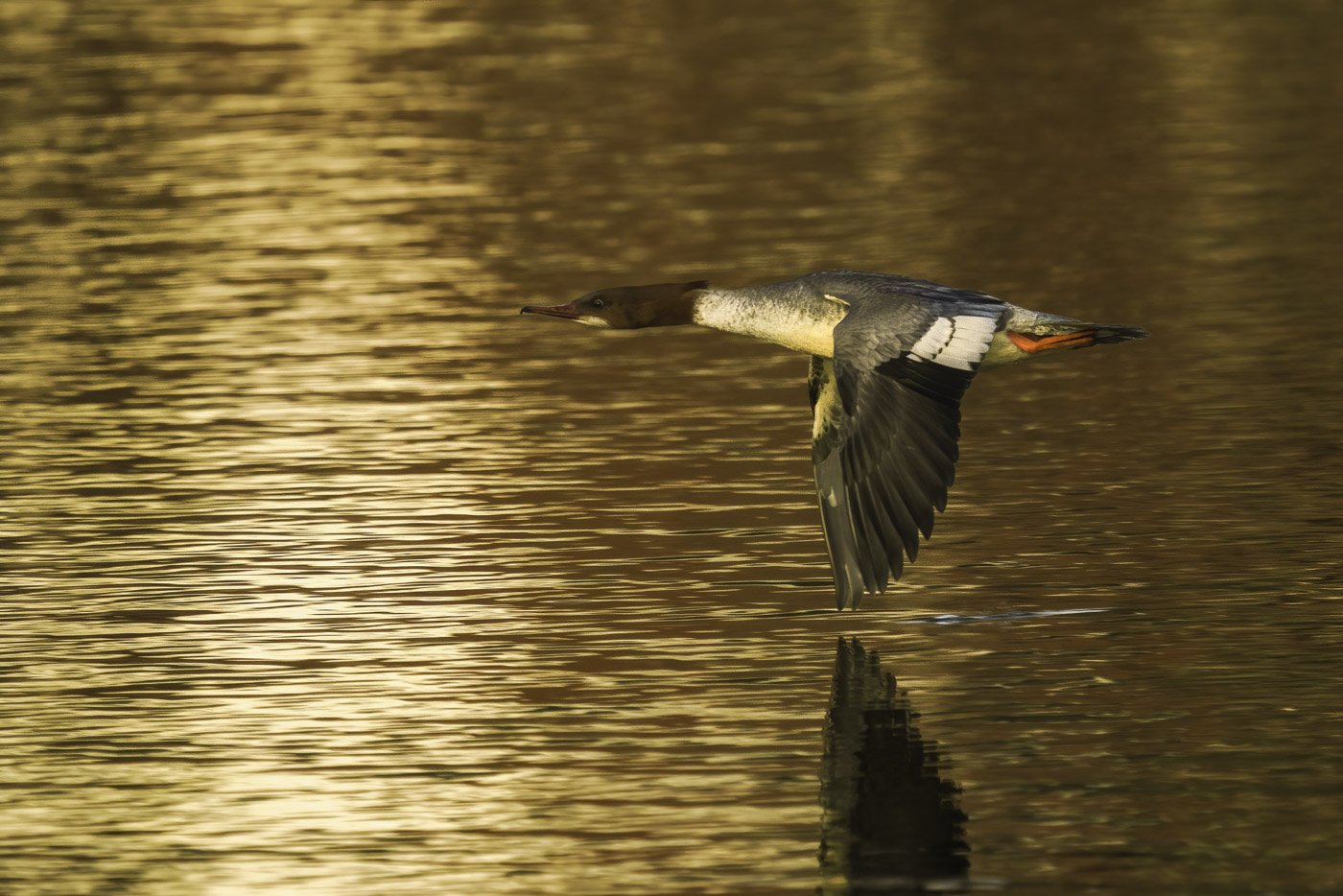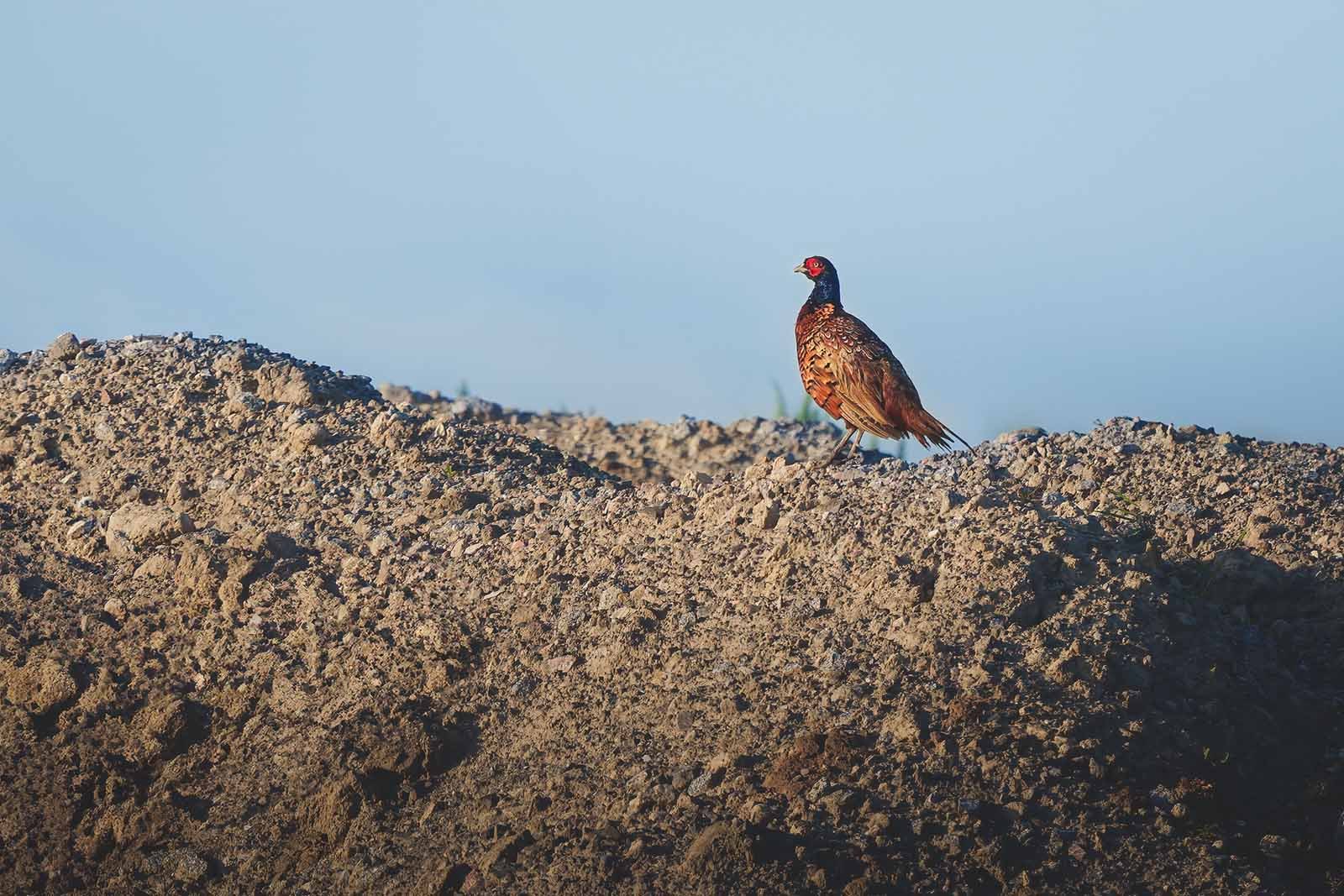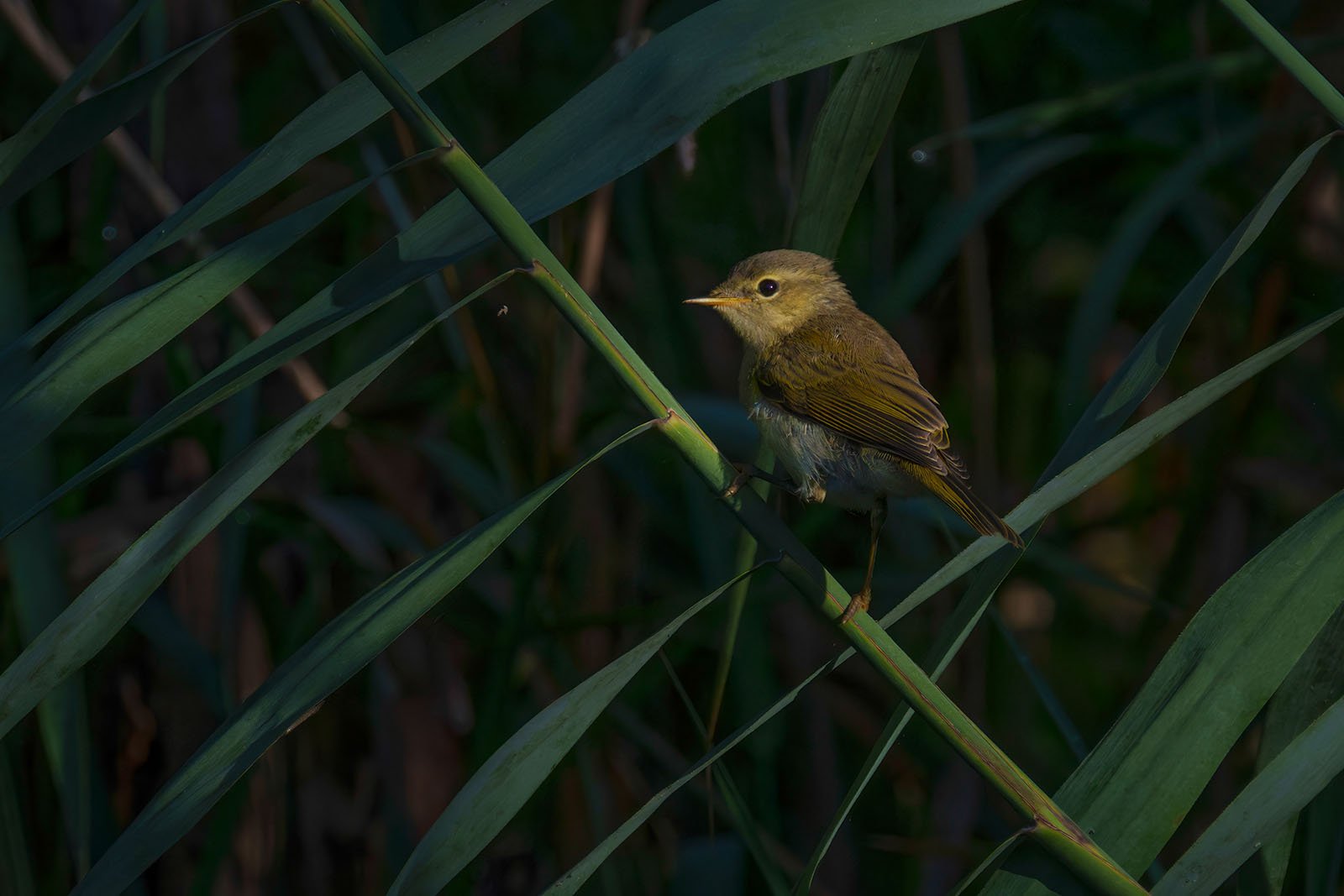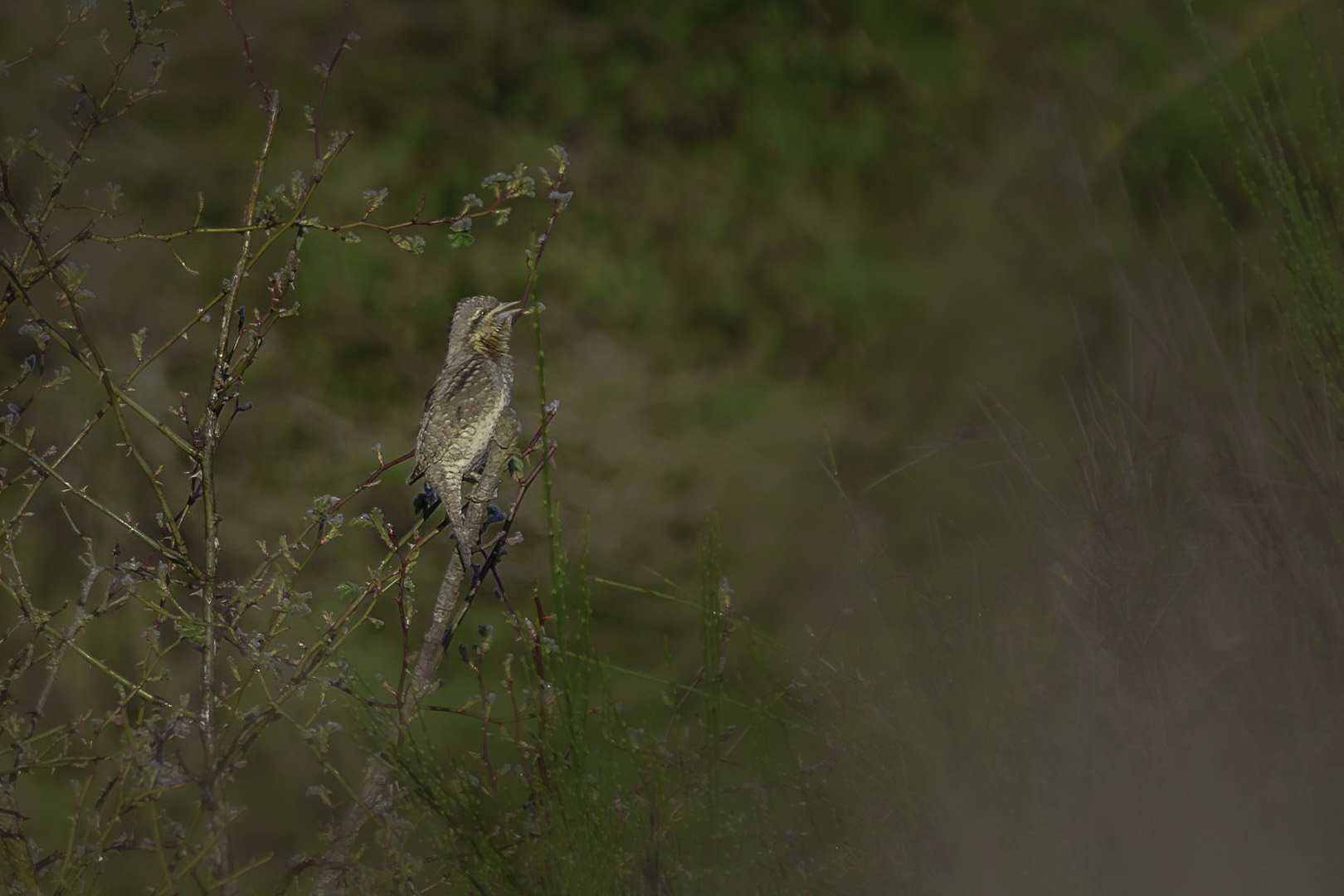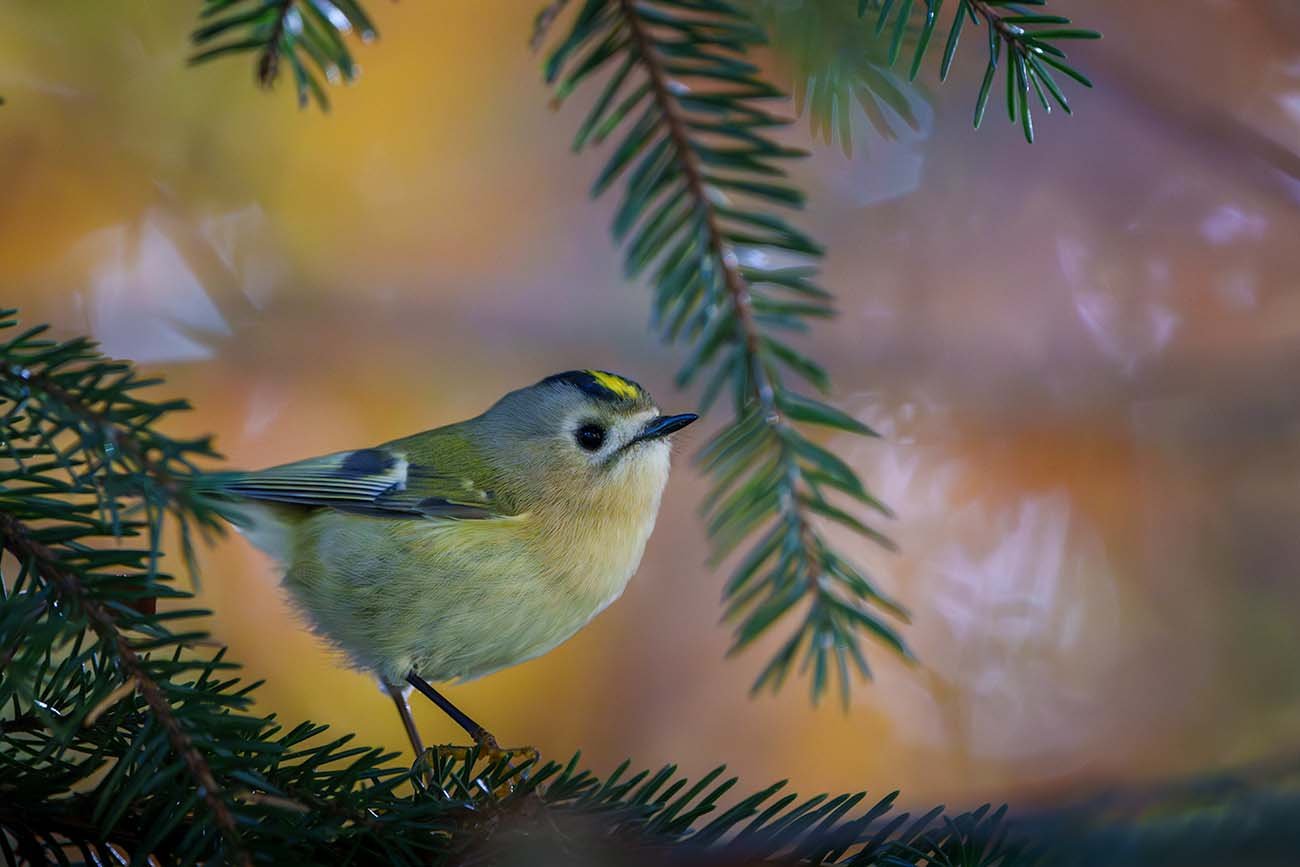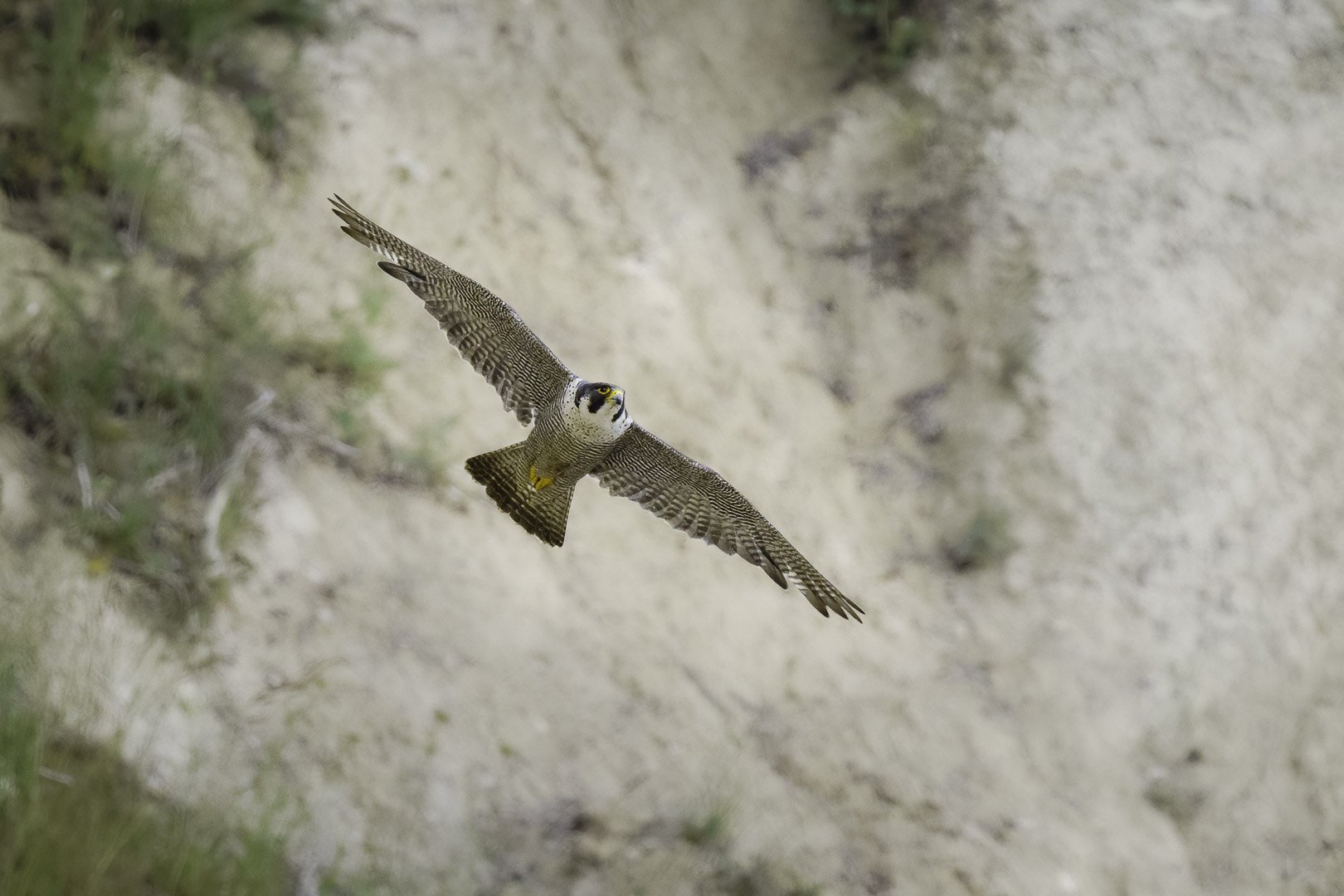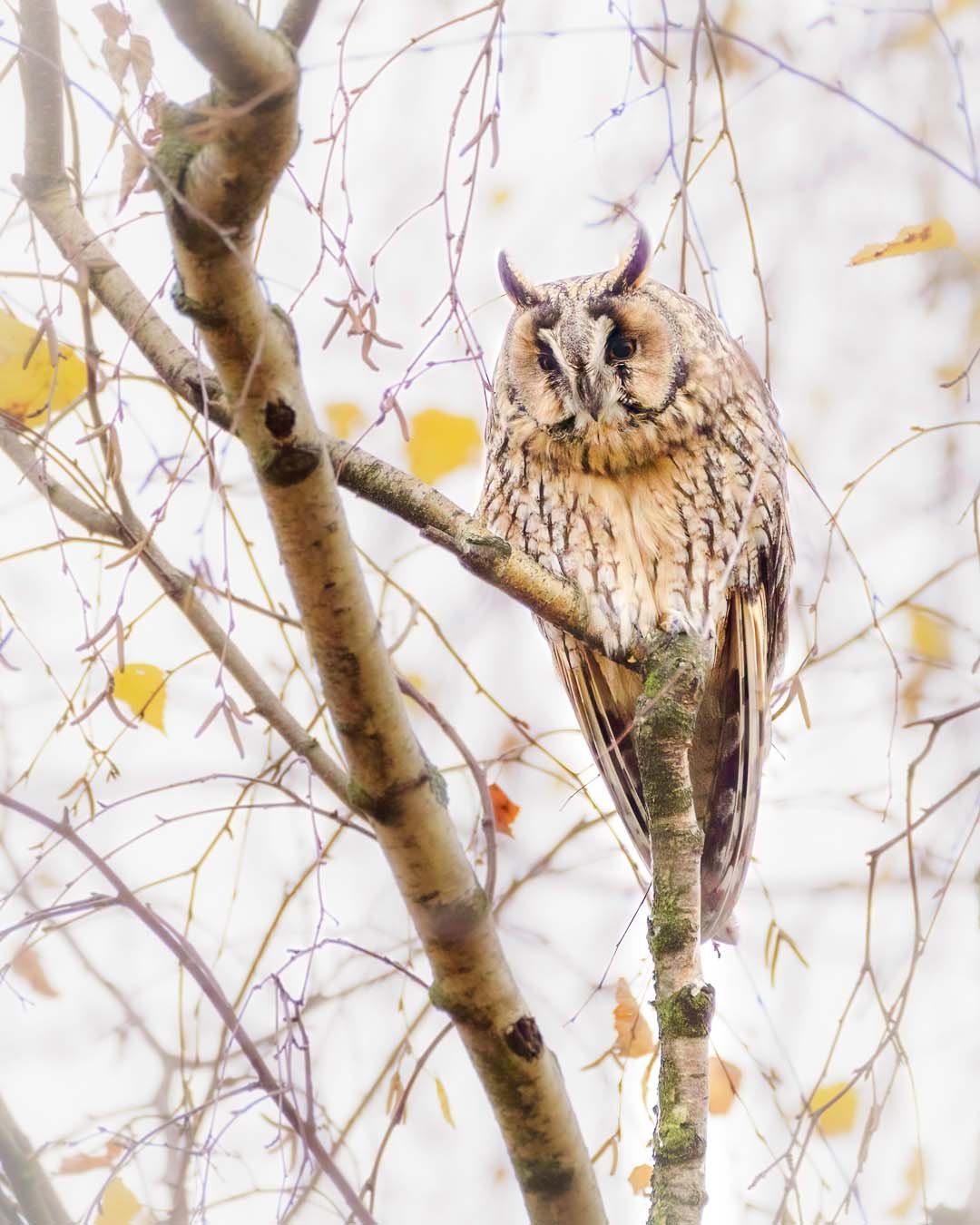Eurasian jay (Garrulus glandarius)
The Eurasian Jay (Garrulus glandarius) stands out with its beautiful plumage, particularly the striking blue wing feathers.
Eurasian Jay (Garrulus glandarius) – The Colorful Forester of the Forest
The Eurasian Jay is not just a wonderful bird; it also plays an important role in the forest. By hiding acorns, it helps new trees grow, which is why it’s called the “Forester of the Forest.” With its striking feathers, loud calls, and ability to imitate other birds, it quickly grabs attention. But its behavior is just as fascinating. Watching the jay reveals a smart and adaptable bird.
Quick Facts:
- Size: 32–35 cm
- Features: Pinkish-brown feathers with blue wing patches, black tail tip, and white rump
- Habitat: Deciduous and mixed forests
- Breeding: Nests in trees, hidden in thick branches
- Diet: Acorns, nuts, insects
Table of Contents
- Introduction: The Eurasian Jay – A Colorful Forest Resident
- Features and Appearance: How to Identify the Eurasian Jay
- Habitat and Distribution: Where the Eurasian Jay Lives
- Behavior and Diet: The Forester and Omnivore
- Breeding: From Nest Building to Raising Chicks
- FAQ: Common Questions About the Eurasian Jay
- Shortlist – Key Features
1. Introduction: The Eurasian Jay – A Colorful Forest Resident
The Eurasian Jay is a bird that stands out in the forest. Its colorful wings and loud calls make it easy to recognize. But this bird is more than just a pretty sight. It’s an intelligent omnivore that hides acorns to store food for winter. Many acorns are forgotten and grow into new trees. This makes the jay a key player in the forest’s growth. It also has a unique talent for mimicking other bird sounds, making it an interesting forest resident to watch.
2. Features and Appearance: How to Identify the Eurasian Jay
The Eurasian Jay has a very distinct look, with unique colors and features.
- Feathers: The body is mainly pinkish-brown, with blue patches on the wings. The tail is black, and the bright white rump is easy to spot when the bird flies.
- Beak: Its strong, dark beak is perfect for cracking nuts and acorns.
- Eyes: The dark eyes make the jay look smart and always alert.
- Feet: The strong, grey feet help the jay hold onto branches and move around in trees.
With its colorful feathers and lively appearance, the Eurasian Jay is easy to recognize, especially when calling loudly in the forest.
3. Habitat and Distribution: Where the Eurasian Jay Lives
The Eurasian Jay prefers deciduous and mixed forests, where it can find thick trees to hide and search for food. It is common in Europe, parts of Asia, and North Africa. You can also spot it in parks and large gardens with enough trees. In autumn, the jay is especially busy collecting acorns to hide for winter.
4. Behavior and Diet: The Forester and Omnivore
The Eurasian Jay eats many different types of food. It loves acorns, nuts, insects, spiders, and sometimes small animals. It is most famous for hiding acorns in the ground to eat later. However, many acorns are forgotten, and they grow into new trees, helping the forest grow.
The jay is also known for its loud calls and its ability to imitate other birds. This skill helps it warn other birds of danger or confuse predators.
5. Breeding: From Nest Building to Raising Chicks
The Eurasian Jay builds its nest high in trees, hidden in thick branches. The nest is made from sticks and leaves. The breeding season starts in spring. The female lays four to six eggs, which both parents care for. After about three weeks, the chicks leave the nest, but both parents continue to feed them until they are strong enough to fly and find food on their own.
6. FAQ: Common Questions About the Eurasian Jay
1. Where is the best place to see a Eurasian Jay?
You can find Eurasian Jays in deciduous and mixed forests, as well as in large parks with trees. They are often heard before they are seen because of their loud calls.
2. When is the Eurasian Jay most active?
The Eurasian Jay is active during the day, especially in the early morning and late afternoon. In autumn, they are busy collecting acorns for winter.
3. What does the Eurasian Jay eat?
The Eurasian Jay mainly eats acorns, nuts, berries, insects, and small animals like spiders or beetles. In winter, it relies on the acorns it has hidden.
4. Can the Eurasian Jay imitate other birds?
Yes, the Eurasian Jay can imitate the sounds of other birds. It sometimes does this to warn other birds or scare predators.
5. How does the Eurasian Jay help the forest grow?
By hiding acorns in the ground, the jay helps new trees grow. Many acorns are forgotten, and they sprout into new oak trees.
7. Shortlist – Key Features
- Size: 32–35 cm
- Feathers: Pinkish-brown with blue wing patches, white rump
- Beak: Strong, dark
- Eyes: Dark, alert
- Feet: Grey, strong
- Habitat: Deciduous and mixed forests
- Diet: Acorns, nuts, insects
The Eurasian Jay is a colorful and smart bird that plays an important role in the forest. Whether you're an experienced birdwatcher or just starting, the Eurasian Jay is sure to catch your attention!
Eurasian jay (Garrulus glandarius)




